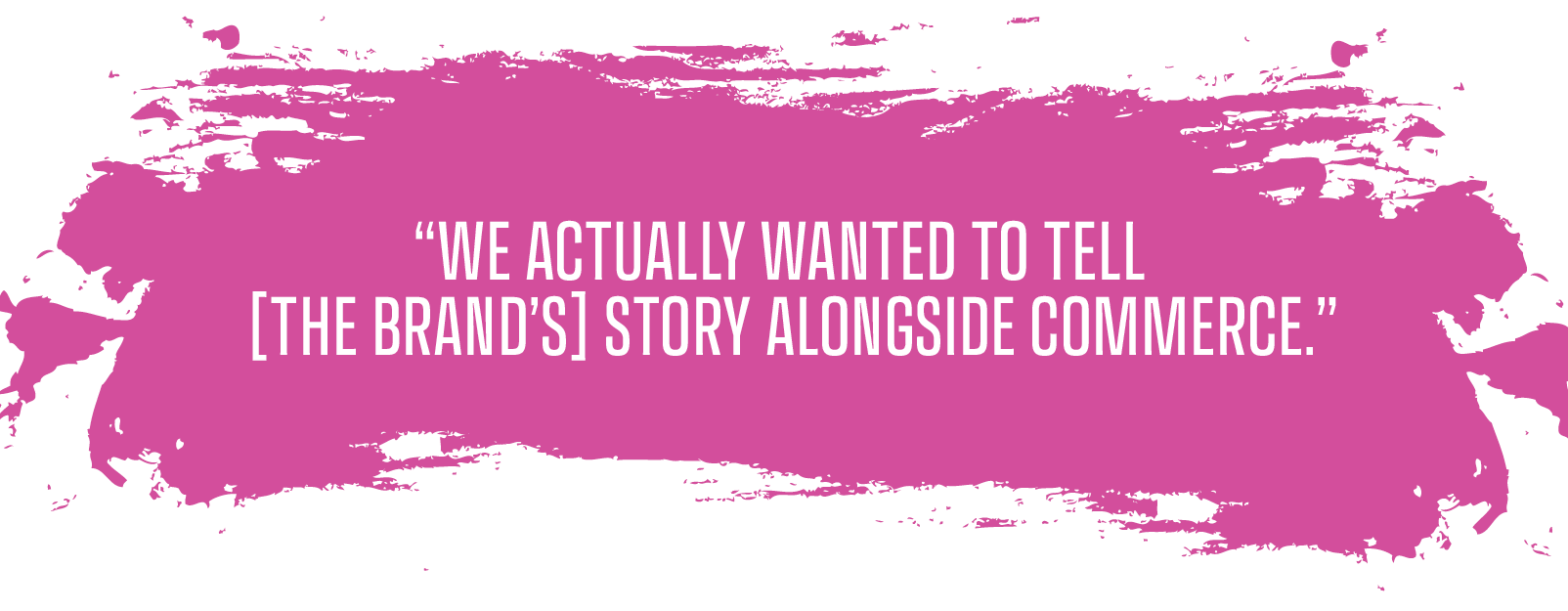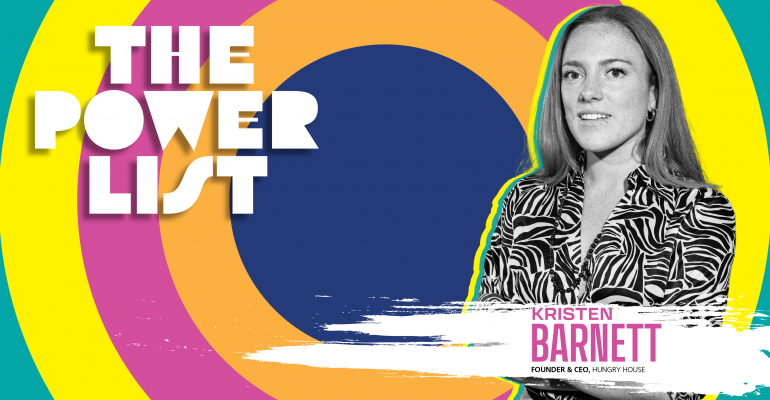“We're an anti-ghost kitchen.”
That’s how Kristen Barnett describes Hungry House, a Brooklyn, N.Y.-based company she founded that aims to turn the ghost-kitchen world on its head.

Hear more directly from Kristen Barnett.
The anti-ghost kitchen serves the same essential functions as a ghost kitchen but works to undermine some of what Barnett sees as the category’s failures.
“It's funny because I don't necessarily think of it as a big idea, but rather a strategy that was developed after really having a front-row seat to everything that's happened in the ghost-kitchen industry,” Barnett said of Hungry House.

Barnett was chief operations officer at ghost-kitchen company Zuul before starting Hungry House. Zuul sold to Kitchen United in October.
“I started to see themes, whether it was operators creating their own brands but without a really strong customer acquisition plan; the importance of having a storefront for hyperlocal customer acquisition; [and] the challenges of being partnered with third-party delivery apps,” she said.
Other problems included the over-reliance on third-party delivery platforms, quality control issues when scaling and the cognitive dissonance associated with ordering food from a restaurant you’ve never experienced in person.
To offset some of these problems at Hungry House, Barnett created a native web platform for the chefs to list their dishes, allowing them to have full control of the data. The differentiator for Hungry House is that it is more focused on the chefs it partners with.
“How can we leverage this new ability to cook any food from any kitchen, but do it in a way that is still focused on good-quality supply chain [and] is actually bringing culinary voices into the ghost-kitchen industry, rather than just pure celebrities? But [that] also has really sound business fundamentals underneath it?” she asked.
The answer was Hungry House. Barnett has been working with chefs who have had to rethink their entire business model over the past two years, and she’s helping them adapt.
“I do think that so many culinary leaders are now like, ‘I need to diversify my revenue streams, I need to think about building a brand online, I need to think about what the products are that I can sell,’” she said. “And so working with these chefs, all of them really represent those innovative mindsets.”
Hungry House’s first lineup of brands — “Season One” — includes Woldy Kusina, serving modern Filipino food; The Food Sermon, by Chef Rawlston Williams, which offers Caribbean-inspired food; and Apocalypse Burger, dishing smashburgers created by six-time James Beard Award semifinalist Martha Hoover.
Hungry House’s aesthetic also aims to be a differentiator. The website is built with millennials and Gen Z in mind and given the same care that a brick-and-mortar design would receive.
“We felt that virtual brands have a very limited amount of time to make a strong connection with a customer,” Barnett said. “And so we actually wanted to tell their story alongside commerce.”
The site was designed to push the fact that customers were ordering directly from chefs; Barnett cited data that showed customers overwhelmingly wanting to order from actual restaurants. Each chef’s story is shared on the site with photos.
“Our belief is that that's going to draw them back because it's very memorable, versus if you're just on any old delivery app … it might be more of a throwaway experience,” she said. “You don't have a direct connection to the story behind the actual food.”
Read more:
- Meet the 2022 Power List
- Meet the man bringing automats back into style
- A blueprint for navigating the restaurant industry’s digital evolution
Contact Holly Petre at [email protected]






